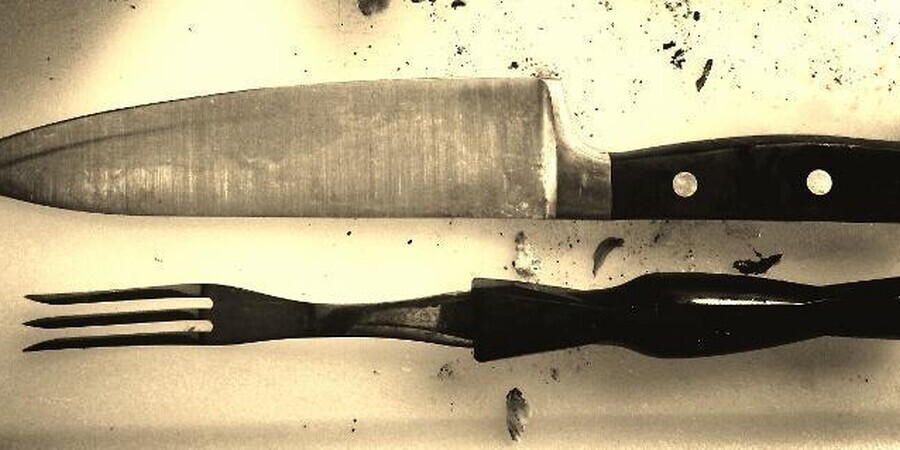Philadelphia, PA
- There are several techniques that are used almost entirely in cooking. These are some of the first things they teach in culinary school, outside of knife skills. (If you have questions about different knife cuts, please email me your question at This email address is being protected from spambots. You need JavaScript enabled to view it.. There are two basic ways to break down cooking methods; dry method (roasting, sautéing) and wet method (steaming, boiling).
- Saute – Dry Method. It is French for “to jump,” which is what your food should do when it hits your pan. A common mistake made with this method is using too much oil. You only need to put a small amount in a hot pan ( ½ a tablespoon is the most you’ll ever need). All you are looking to do is keep your food from sticking to the pan; food will not stick to a hot pan.
- Frying – Dry Method. This can be broken down into pan-frying, which is what most people will do when they are at home. There is also deep-frying, which I do not recommend unless you have the proper fryer to use. Otherwise, using a lot of oil at high temperatures becomes a fire hazard. Pan-frying works just as good, and you use far less oil.
- Roasting – Dry Method. Using your oven for cooking with, doing things like turkey for Thanksgiving or Brussel sprouts on a typical weekday dinner. This is one of the easiest ways to cook since you can do multiple items at the same time, and it requires little supervision.
- Boiling/Steaming – Wet Method. I don’t typically recommend using either of these two methods unless you are cooking starches like pasta, rice, or potatoes.
- Braising – Combination Method. This is a 2-stage cooking method. You will sear your meat in a hot pan, forming a crust on both sides. Then you will place it in a roasting pan, with the cooking liquid 2/3 of the way up the meat (which will be the sauce) and cover with foil before finishing in the oven.
I would like to thank you for reading my guide to From-Scratch Cooking. If you have any questions or would like to schedule a free consultation, please don’t hesitate to email me at This email address is being protected from spambots. You need JavaScript enabled to view it.


